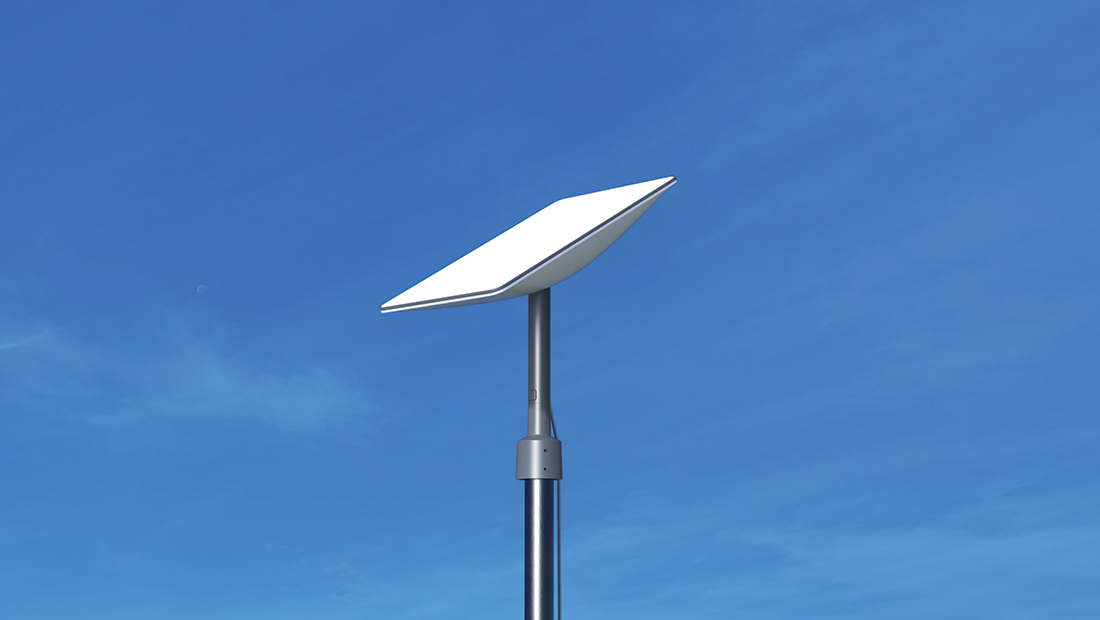- Joined
- May 11, 2019
- Messages
- 3,446
- Location
- United States
- Vessel Name
- Muirgen
- Vessel Make
- 50' Beebe Passagemaker
$50.00 on Ebay. Or you can order this one direct from Starlink:

Pipe Adapter
$37.00
*Price includes shipping and handling fees Designed to attach to any pole with a max diameter of 2.5" (64 mm). Slide adapter over the top of the existing pole, fasten provided screws, and drop Starlink in.

Pipe Adapter
$37.00
*Price includes shipping and handling fees Designed to attach to any pole with a max diameter of 2.5" (64 mm). Slide adapter over the top of the existing pole, fasten provided screws, and drop Starlink in.
- Tools Needed: N/A
Package Dimensions: 8.3" x 5.5" x 3.4" / 21 x 14 x 8.7 cm
Package Weight: 1.35 lbs / 0.6 kg
My Flat "dish" equipment arrived last Monday and I picked it up today. I did a temporary install at the service location where I had had it delivered. Ten minutes after I pugged the router in I had this:
View attachment 127713
Then onto Northeastern PA where I live. NEPA is not in a Starlink coverage area. I again set it up and I was able to intermittently connect to Starlink. This demonstrates that you can have connectivity outside of your service cell.
Later this summer Quack Shack will be moving from the Chesapeake to the Hudson River back into Starlink coverage.
There is a Starlink Internet Pipe Adapter available on eBay. This stainless steel adapter clicks into the support leg of the antenna and is threaded to connect with a female NPT coupler. I've order one that I hope will be useful in my installation.
The antenna is shipped with the leg in the stowed position. In service the antenna is horizontal. My initial impression is that the motors in the unit are used to align the phased array antenna with the direction that the tracked satellite is moving. The antenna is surprisingly small.
Bruce

